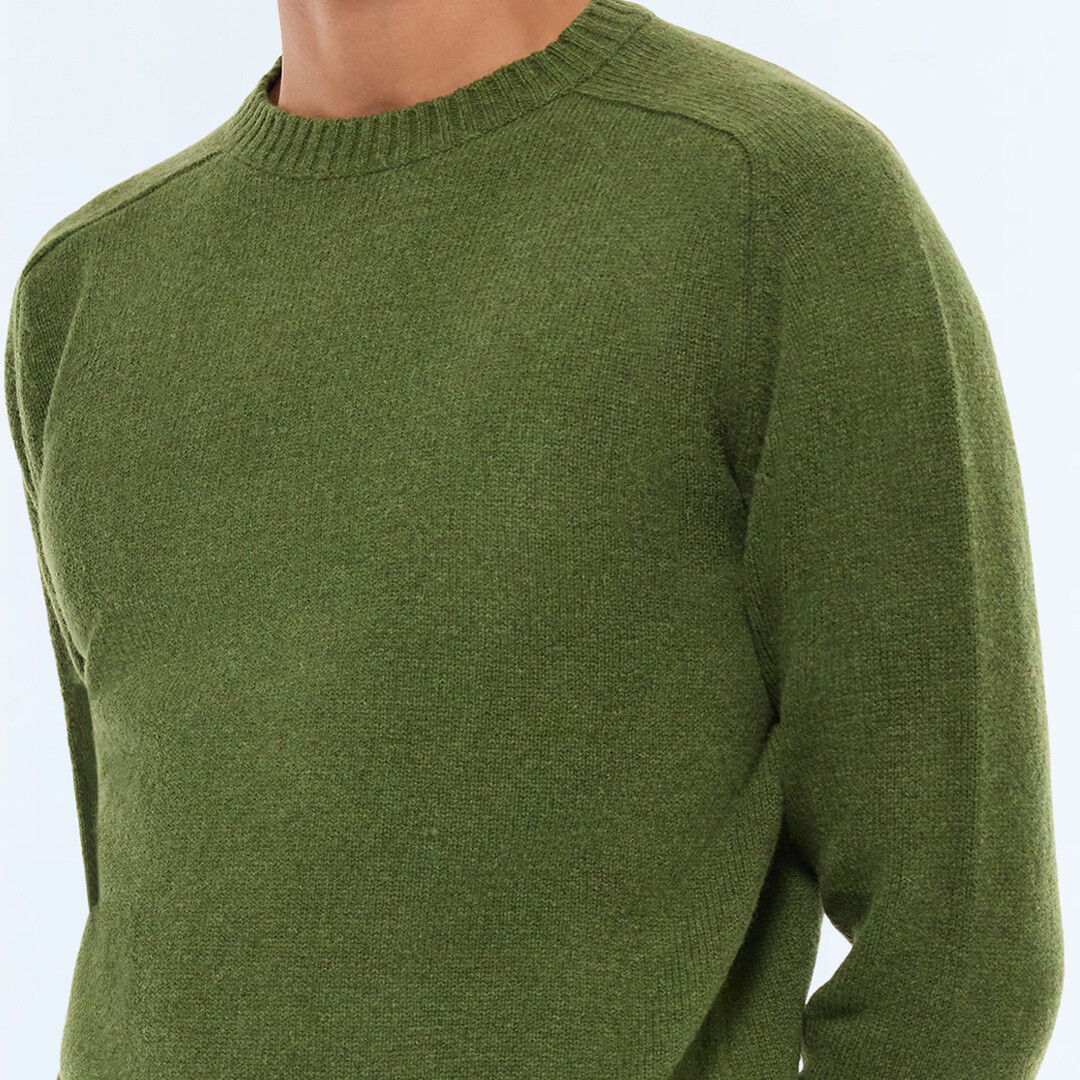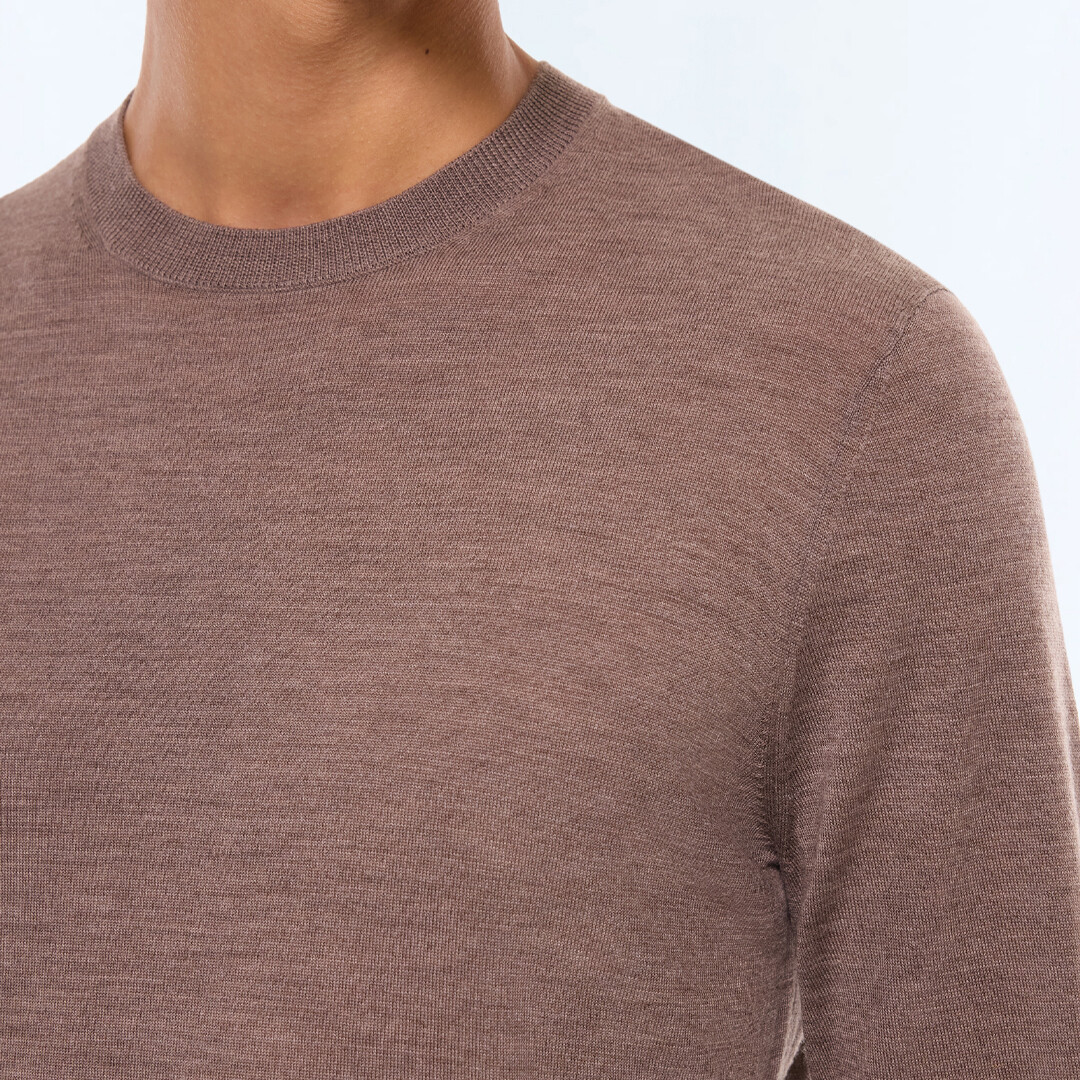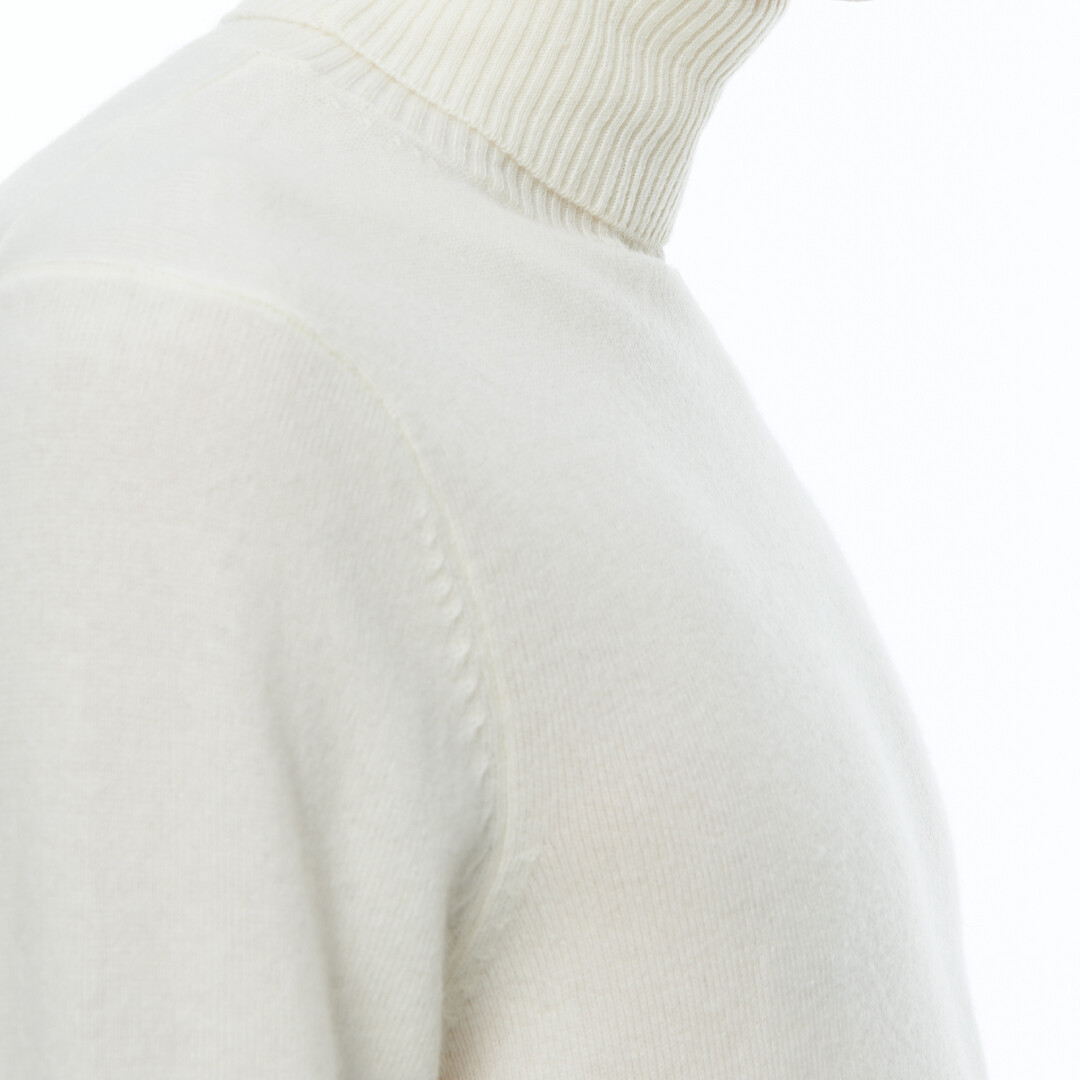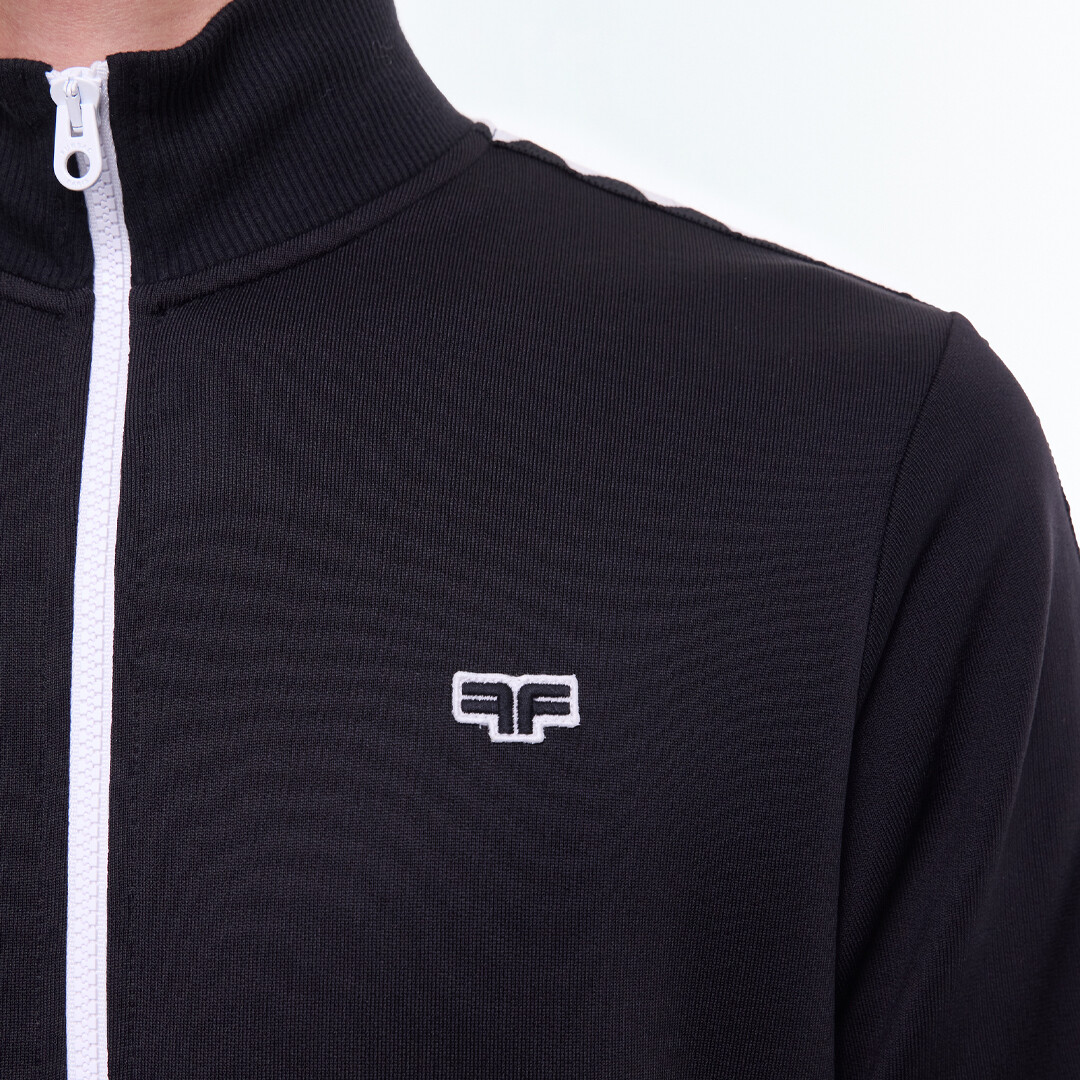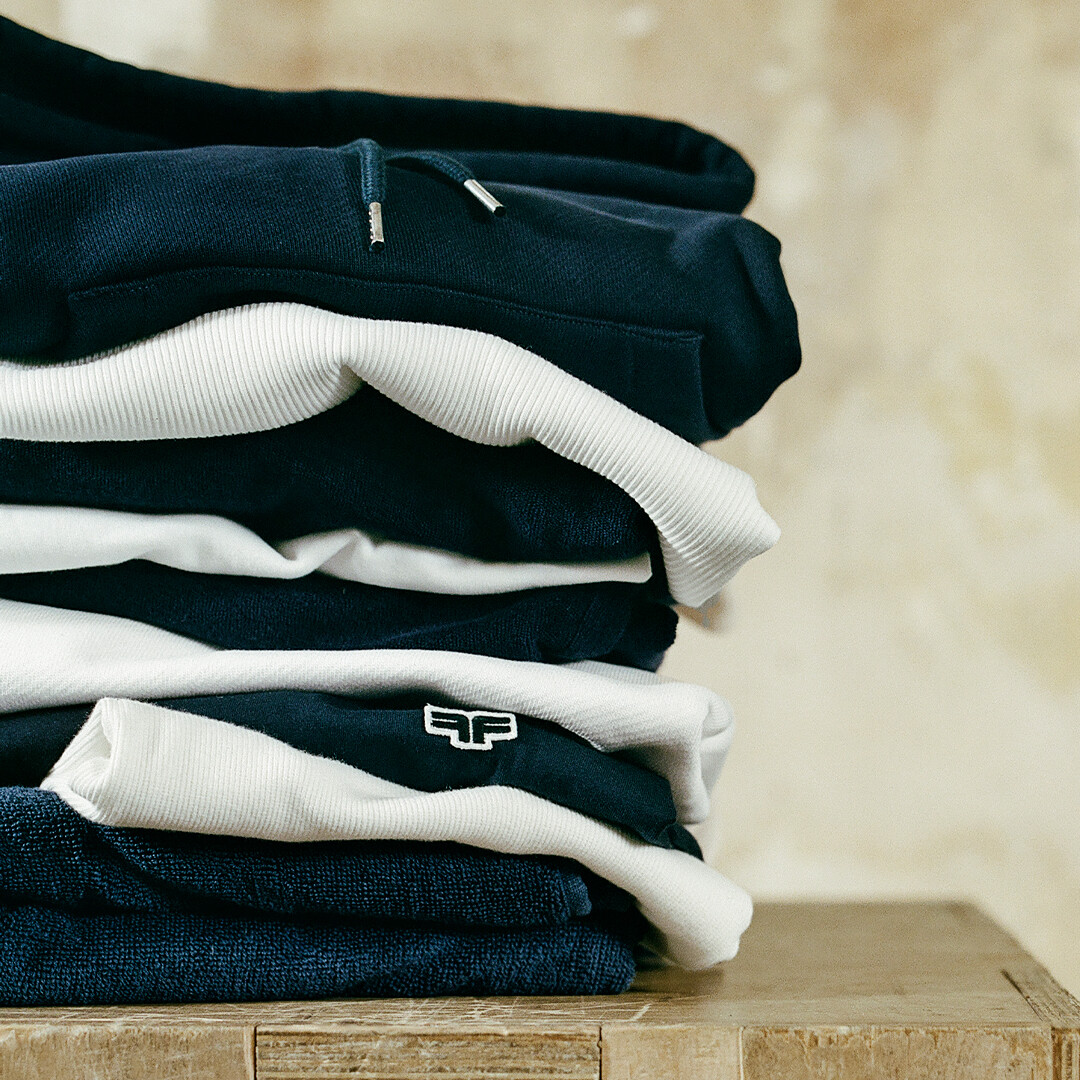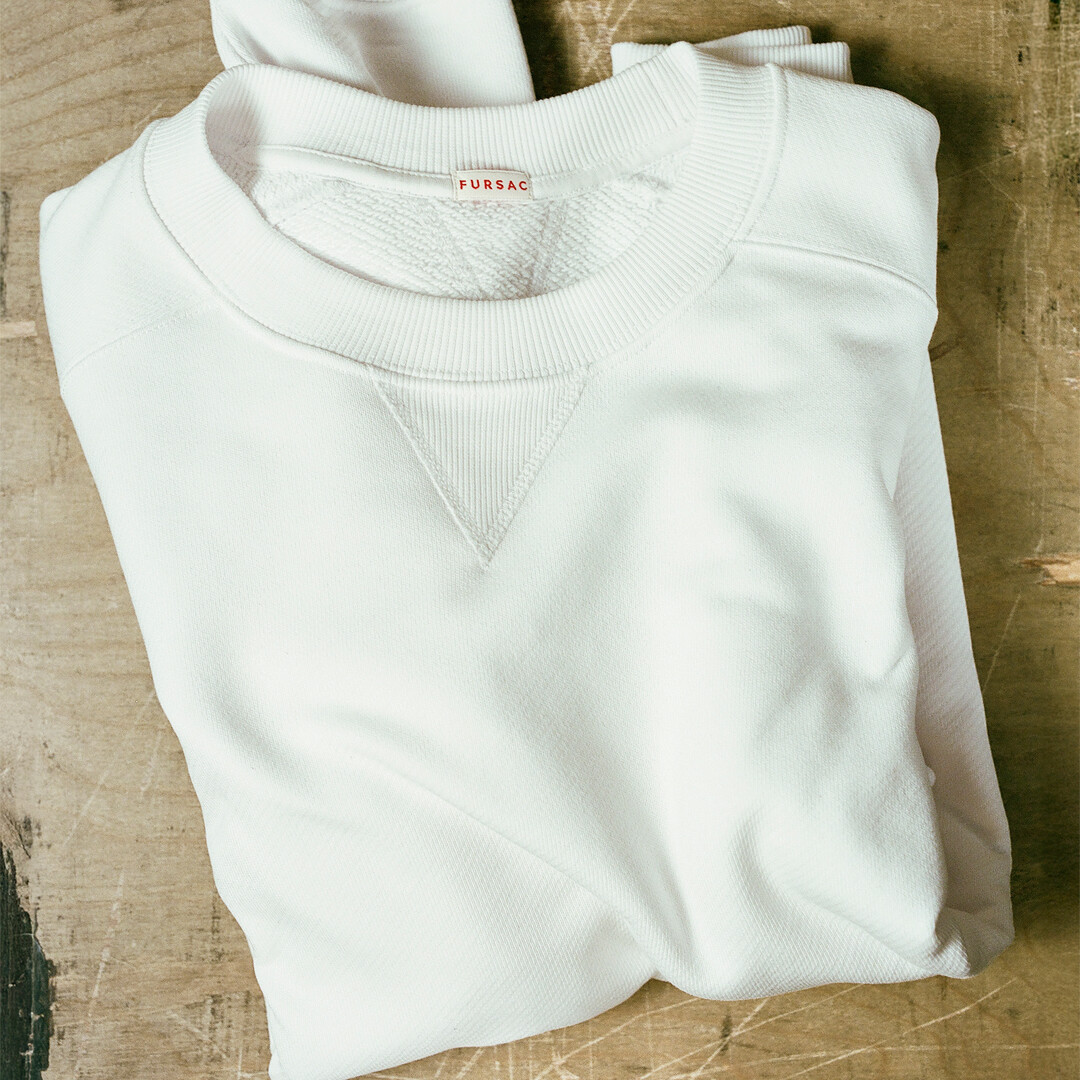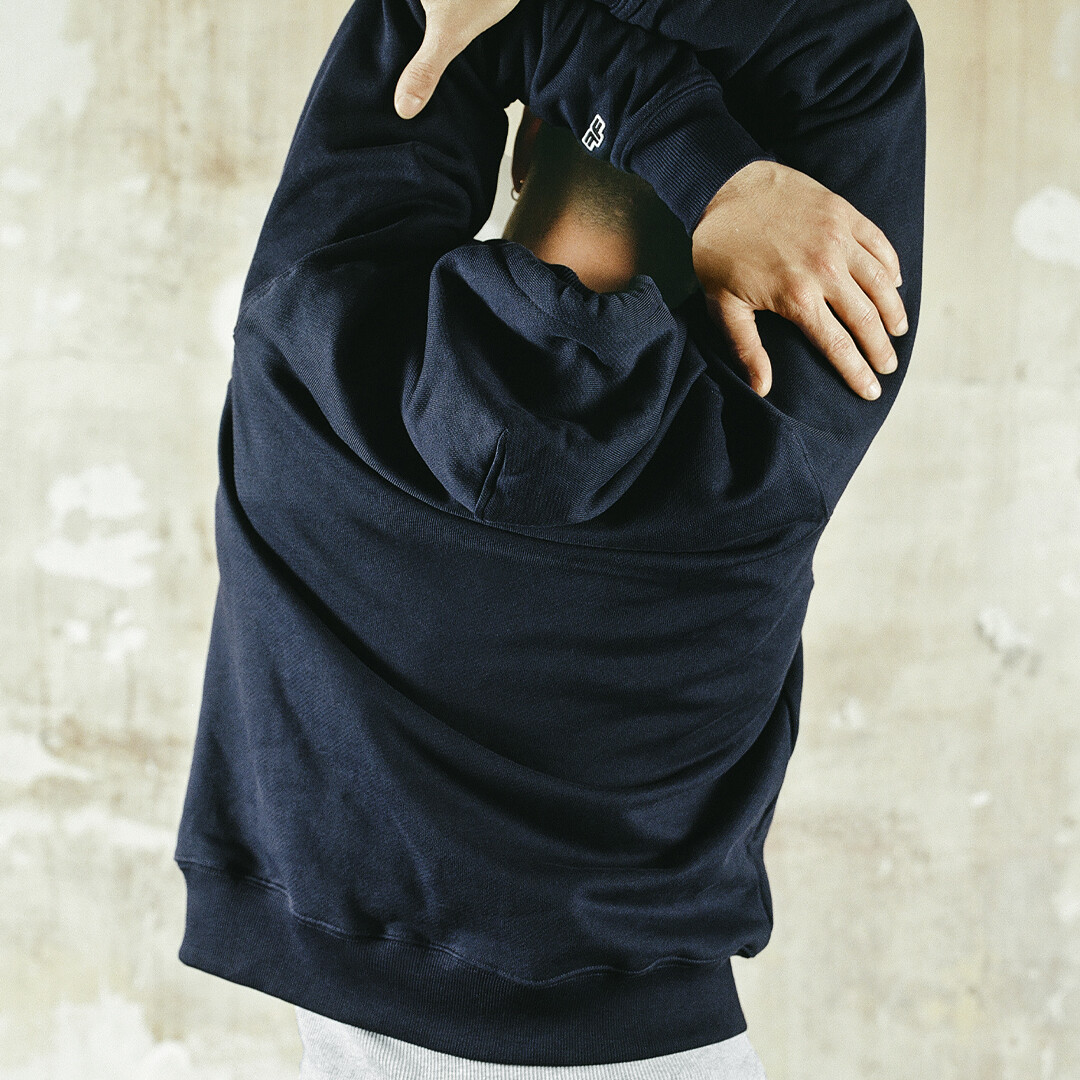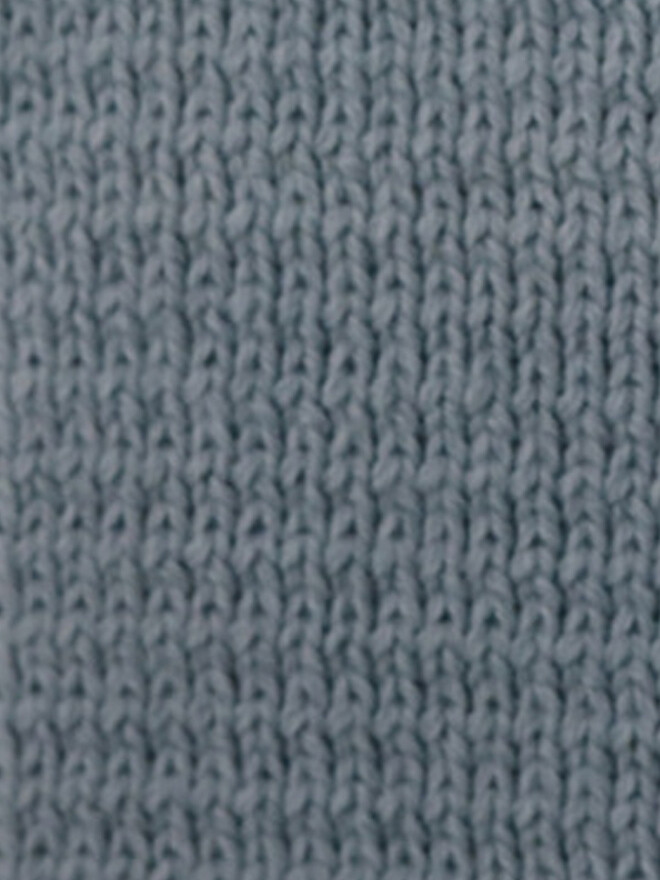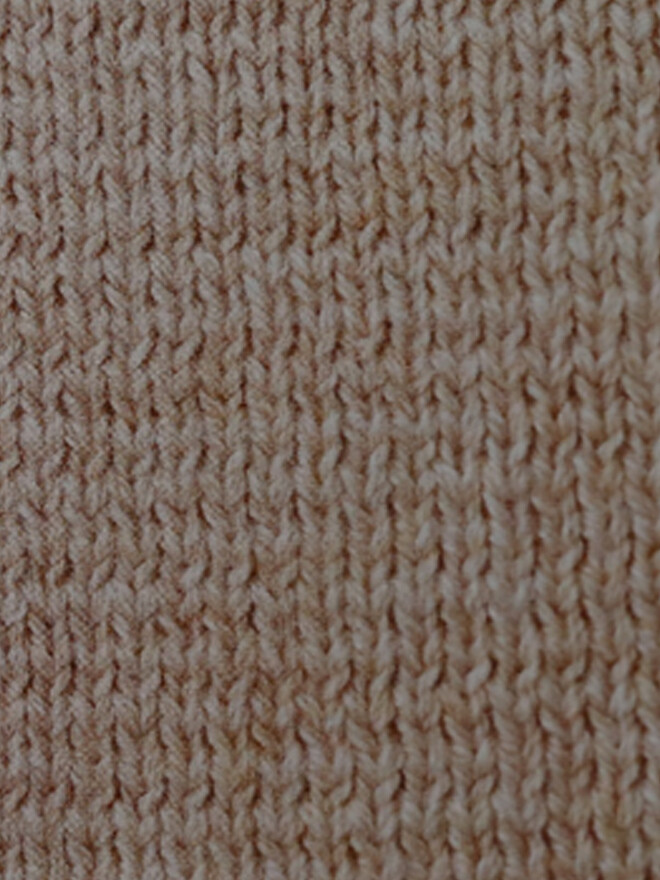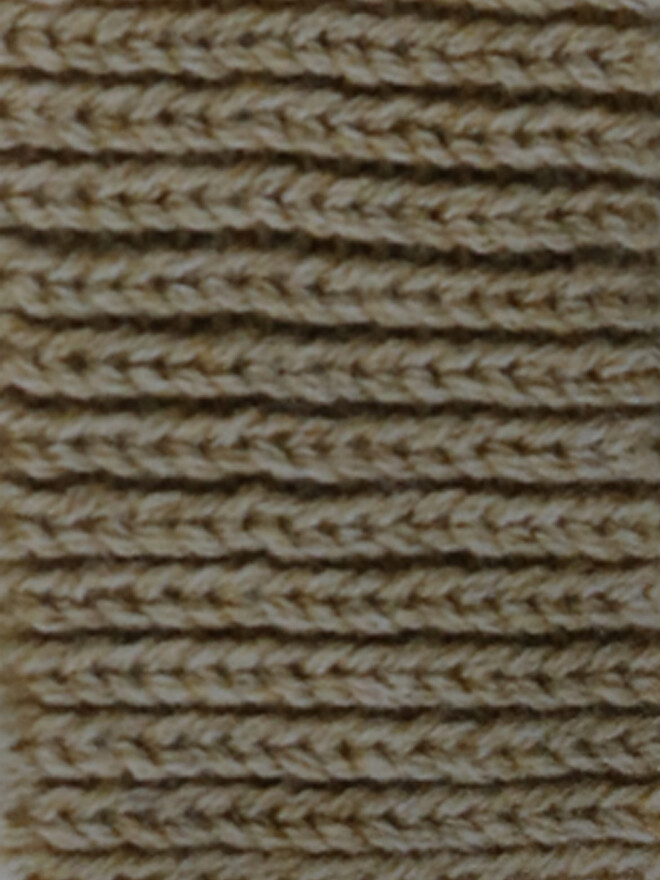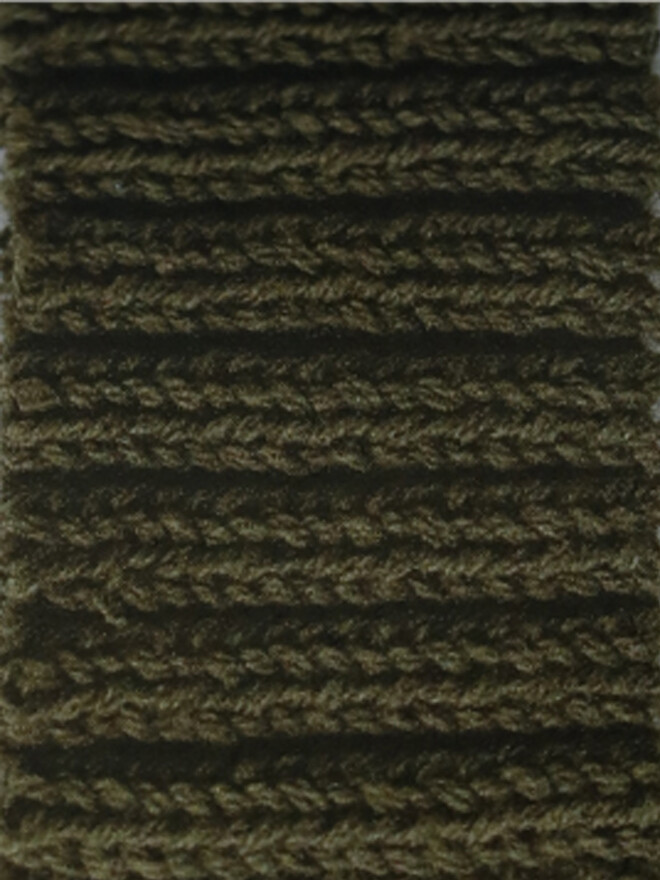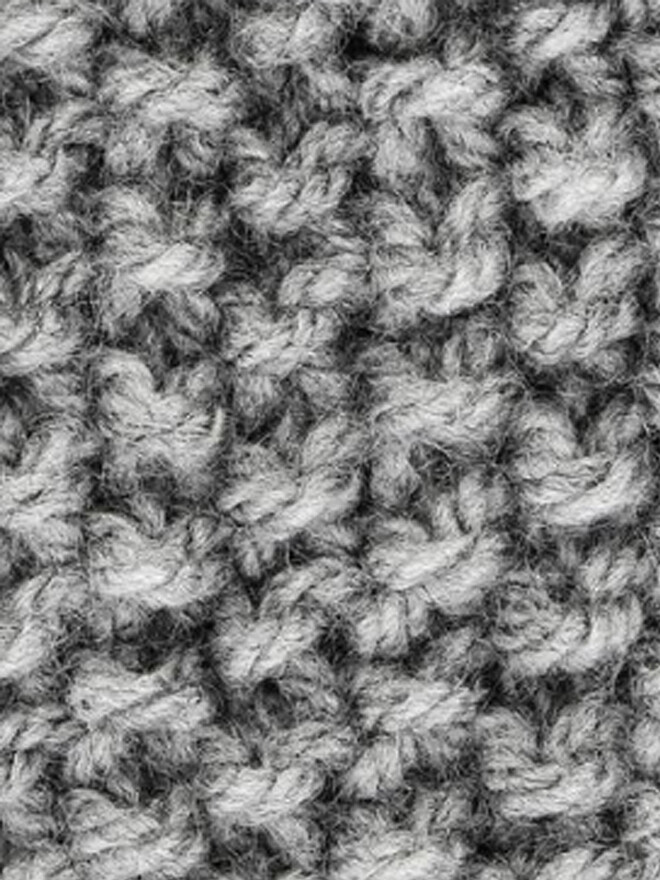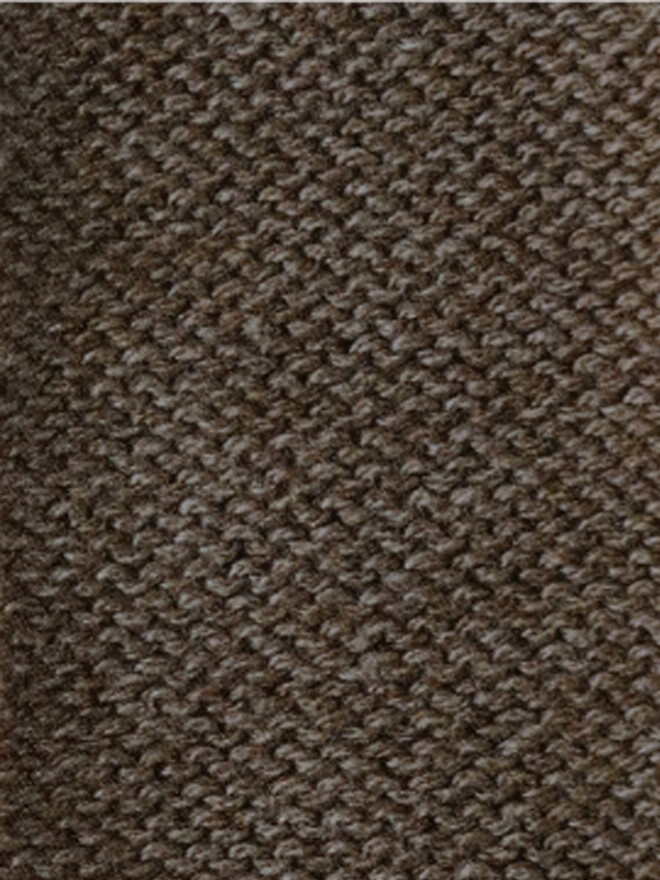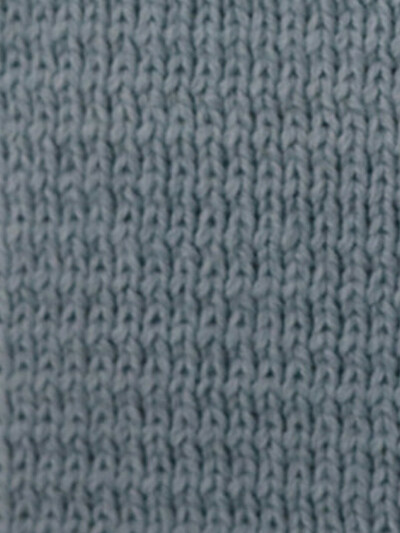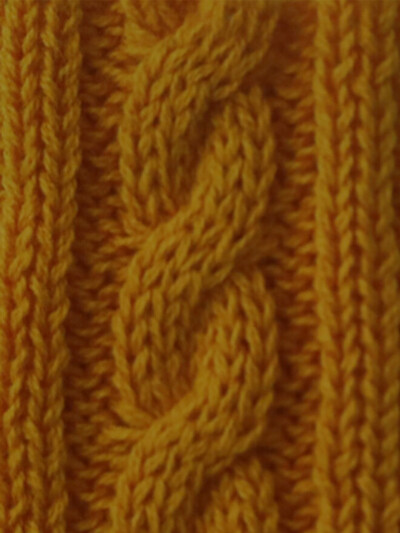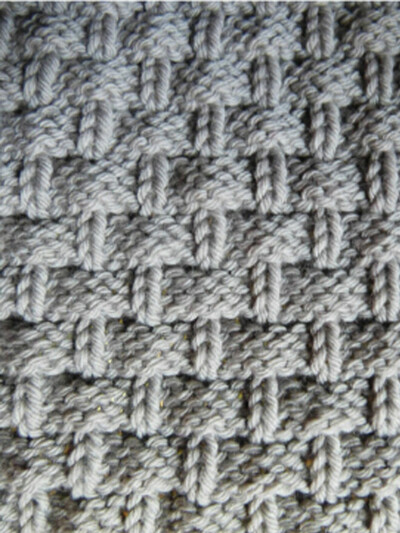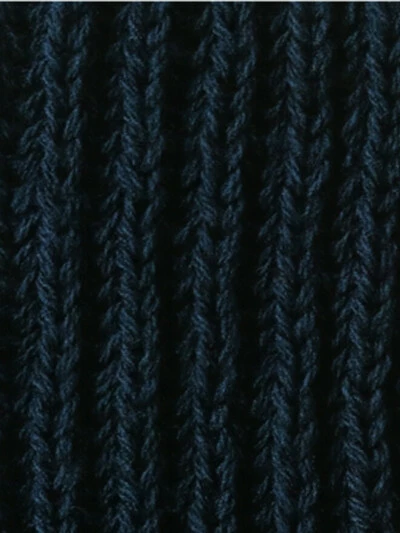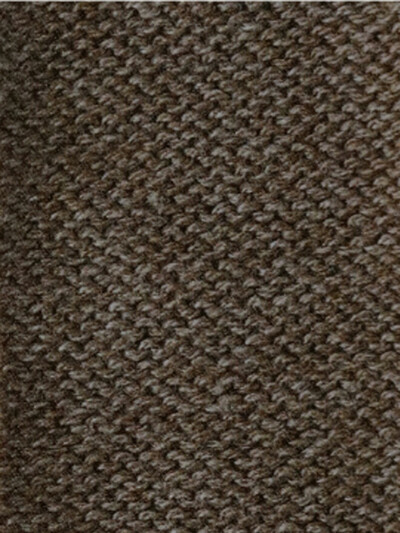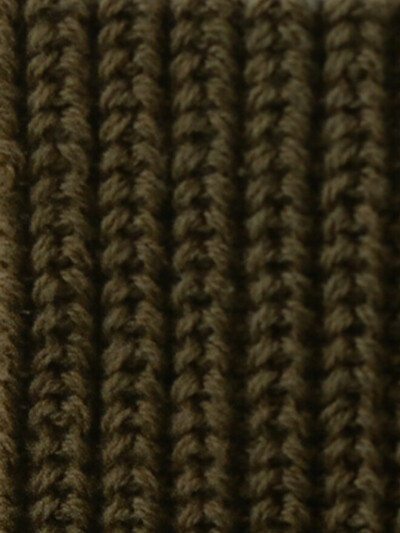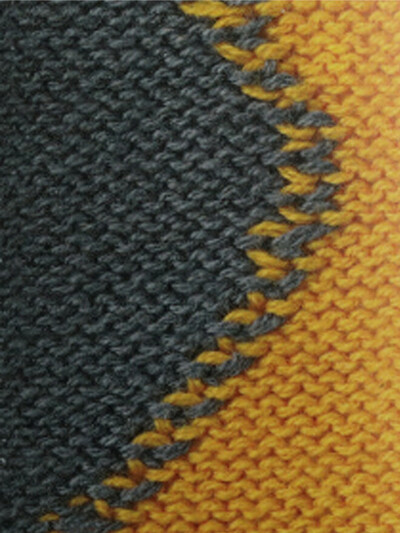15. Argyle : The argyle pattern is believed to have originated in Scotland, specifically in the county of Argyll, where the Campbell clan wore this design on their tartans. It is made with overlapping diamonds in various colors, crossed with diagonal lines. It was popularized in the 20th century by the Scottish brand Pringle of Scotland. In the early 1920s, it was adopted by golfers, especially Edward VIII, the Duke of Windsor. Today, it remains a popular and timeless pattern for sweaters.
16. Intarsia : Derived from the Italian word intarsio, meaning "inlay", this is another technique for creating knitted patterns. Unlike jacquard, intarsia does not leave inactive yarns at the back but switches yarns at each color change in the pattern. This results in a lighter knit, with the same pattern on both the front and back. It is often used for creating large motifs.
17. Jersey "French terry" : Part of the terry fabric family, it typically has a looped texture on one side and a smooth texture on the other. Absorbent, soft, and comfortable to the touch, it is ideal for sportswear.
18. Jersey fleece : This knit typically has a fleece texture on the reverse side and a smooth finish on the front. Warmer than French terry but less absorbent, fleece jersey is soft and comfortable, making it ideal for sportswear. Technically, three yarns are used to form a single row of stitches. The reverse side contains yarns in long loops which, once brushed, create a fluffy appearance.
19. Flatlock : The flatlock seam, also called flat seam, is a decorative seam that allows jersey knits to be joined edge to edge. It uses three threads, making the assembly more durable.
